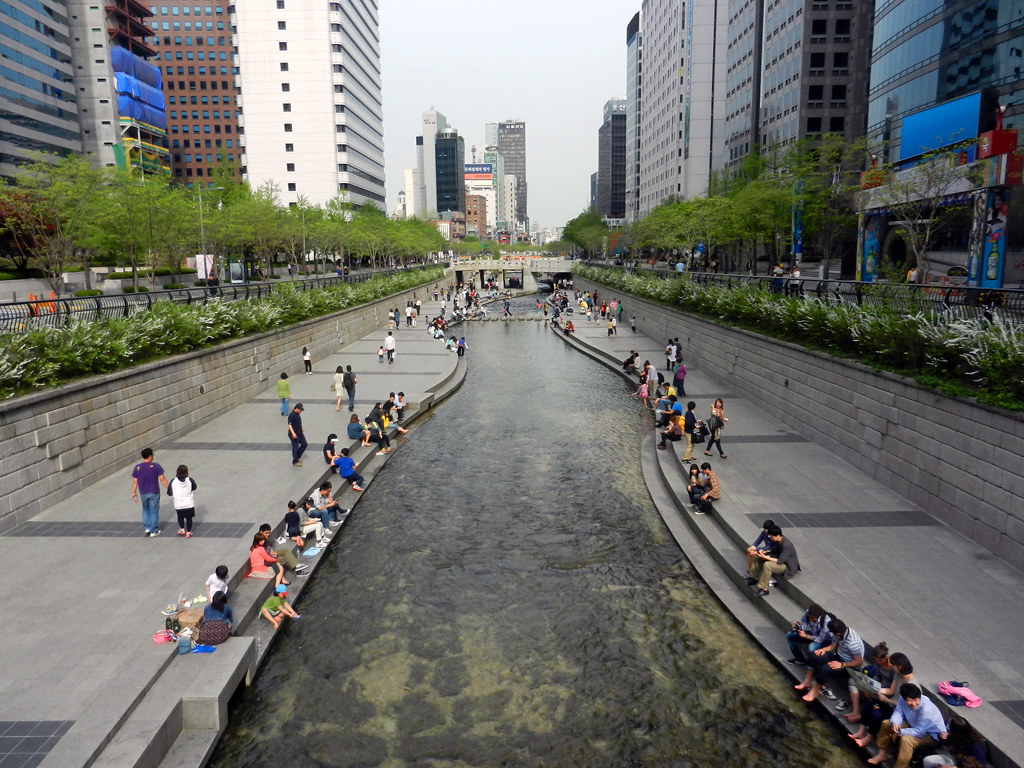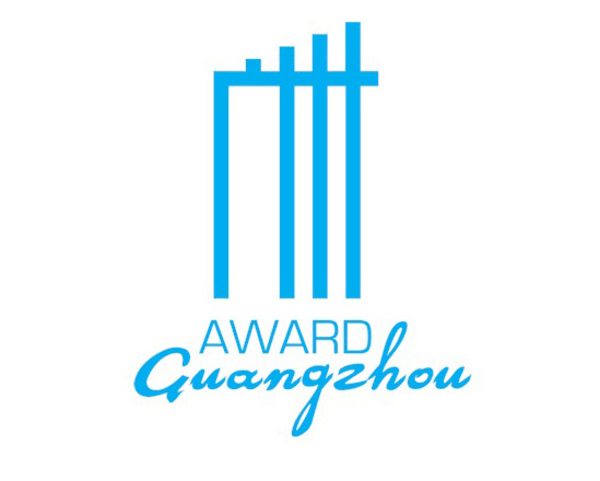
City
Seoul
Main actors
City Government, Community / Citizen Group
Project area
Metropolitan Area
Duration
Ongoing since 2013
Creating positive communities with sustainable urban growth.
In 2013, Seoul Metropolitan Government, in an effort to reshape the city with citizen participation, changed the direction of its urban policy from development to regeneration. The policy is designed to encourage active engagement and collaboration between the city administration and residents amid rapid socio-cultural change.
The Metropolitan Government of Seoul is undertaking 131 urban regeneration projects that are focused on improving the physical structure of the city and re-vitalizing community programs through public-private partnerships, ultimately contributing to the creation of positive community identities and sustainable urban growth.
Guangzhou Award
This project was shortlisted for the 'Guangzhou Award' in 2018 in the following category: Deserving initiative.
On Map
The Map will be displayed after accepting cookie policy
